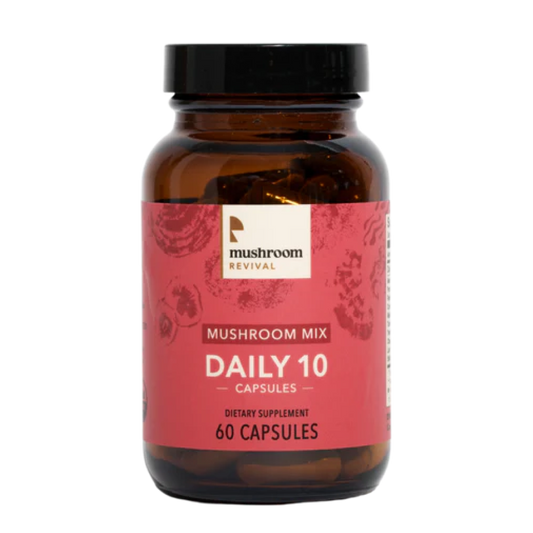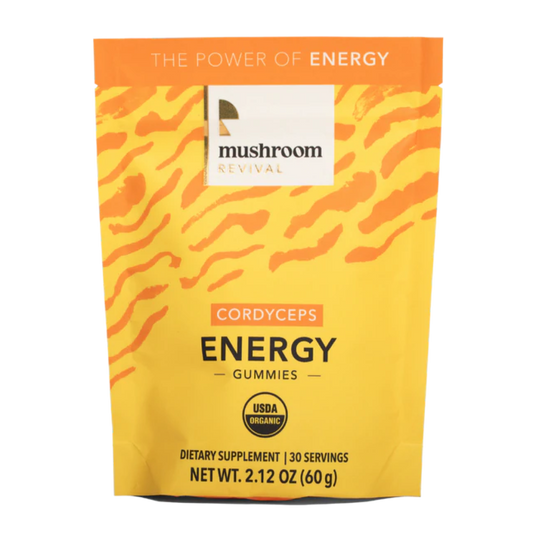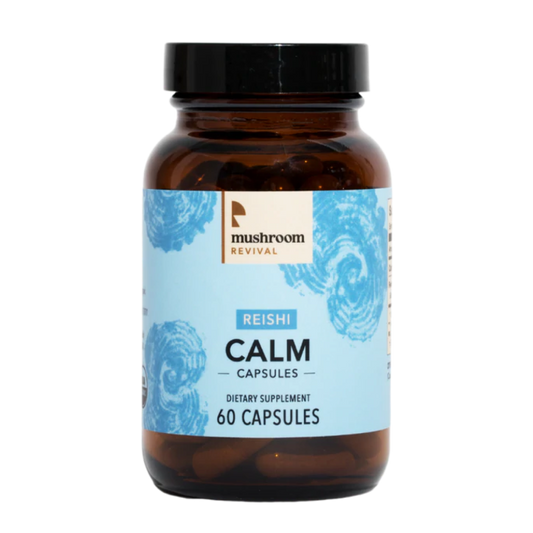Chitin: an Important Component in Mushrooms and What You Need To Know!

The polysaccharide, chitin, forms fungal cell walls and adds nutritional properties.
A mushroom enthusiast might firstly think of, well, mushrooms, when thinking of Chitin. However, Chitin is naturally found in many other raw resources such as shrimp, sea crustaceans, insects, and extracted from the byproduct of beer manufacturing. Chitin is a fibrous polysaccharide that forms the cell walls of fungi, as well as the exoskeleton of shrimp and insects. So what’s all the hubbub about Chitin? Chitin is the most bioavailable amino polysaccharide in nature. Its abundance makes it a unique, eco-friendly resource that may be used to make biodegradable plastics, surgical thread, and even fertilizer.
In fungi, Chitin creates the cell wall; it works much like cellulose that creates the cell walls of other plants. Chitin makes fungi strong, giving them the durability to push through plant matter, such as rocks and leaves, as they grow and surface.
Commercial Interest in Chitin
Chitin is also of interest commercially because of its high percentage of nitrogen, which makes it a great chelating agent.* Something that has chelating properties is able to bind tightly to metal ions. In this way, chelating agents may be capable of helping remove toxins from the body.* A household example of a chelating agent is apple cider vinegar, which can be used to help support cleansing the skin of minerals and heavy metals.*

Consuming Chitin via Mushrooms
Chitin is what makes mushrooms such a good source of dietary fiber.* It’s also the reason why mushrooms are so meaty! Some mushrooms contain more chitin per gram than others. In portobellos, chitin levels are as high as eight percent when raw. When cooked, chitin levels drop but levels of dietary, digestible fibers increase!
Most animals rely on their gut flora to digest chitin, as it is relatively indigestible unaccompanied by bacteria. Their difficulty to digest may add to some hesitation when eating, but chewing mushrooms more fully aids in digestion. Besides, their insolubility is actually a selling point.* Insoluble fibers promote the movement of material through the digestive system, which can help support normal digestive functioning.*
The presence of chitin can also support nutrient absorption.* Chitin may also promote the presence of healthy gut bacteria.*
Getting the most out of a mushroom tincture:
Chitin, despite its fibrous benefits, reduces the bioavailability of some of the benefits of mushroom supplements.* Cordyceps, which helps support healthy energy and endurance, have a high level of chitin that make up almost eight percent of the mushroom’s weight.* It’s important to look into the extraction process, when buying supplements, powders, or tinctures. Using a 60% initial alcohol concentration and a double extraction preparation is the best way to tincture Cordyceps. You can learn how to make your own tincture in our functional mushroom tincture article, or check out our Cordyceps Energy Tincture.* Our tinctures are complete with a certificate of analysis, confirming levels of beta glucans, cordycepin, and adenosine, in each tincture.
Did you know that for every item Mushroom Revival sells, a tree is planted?
Learn more about our One Tree Program here.


























